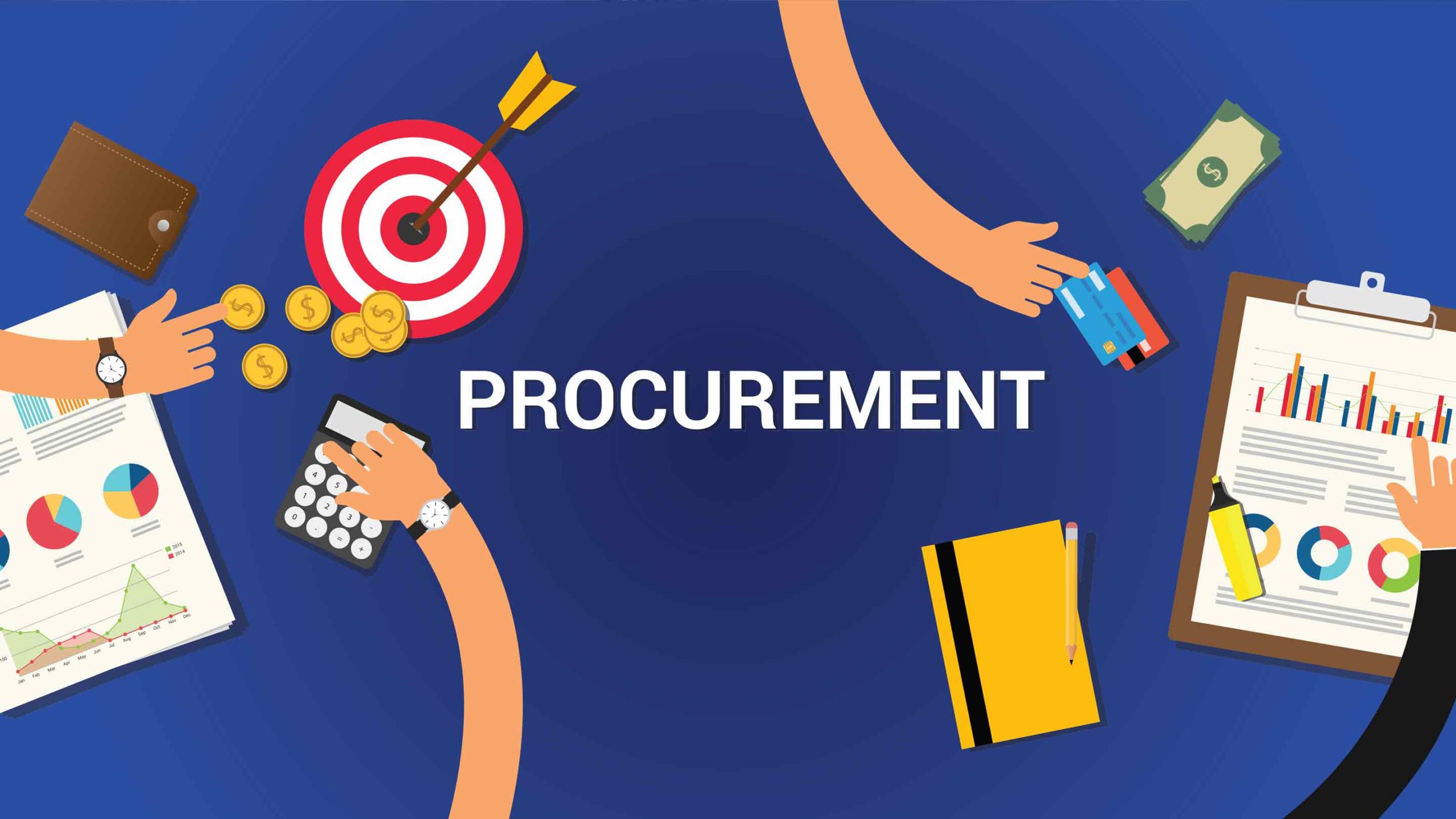Creating an effective procurement management plan is essential for the success of any project or organization. A well-crafted plan not only ensures that goods and services are acquired at the best possible cost but also helps in managing risks, ensuring quality, and maintaining a smooth supply chain. Here’s a step-by-step guide to creating the perfect procurement management plan:
1. Understand the Objectives and Scope
Before diving into the specifics, it’s crucial to understand the overall objectives of your project or organization. This understanding will guide the procurement process, ensuring alignment with broader goals. Key questions to consider include:
- What are the primary goals of the procurement process?
- What specific goods or services are needed?
- What are the project’s timeline and budget constraints?
Action Points:
- Define the scope of procurement clearly.
- Align procurement goals with the project or organizational objectives.
- Document the types of goods and services required.
2. Conduct a Needs Assessment
A thorough needs assessment helps in identifying what exactly needs to be procured. This involves understanding the requirements in detail and determining whether procurement is necessary for each item.
Action Points:
- List all required goods and services.
- Analyze current resources to determine gaps.
- Prioritize needs based on urgency and importance.
3. Develop a Procurement Strategy
Your procurement strategy should outline how you plan to acquire the necessary goods and services. This involves deciding on the best procurement methods, such as competitive bidding, direct purchase, or partnerships.
Action Points:
- Choose the appropriate procurement method(s).
- Determine whether to make or buy (outsourcing vs. in-house production).
- Consider the benefits and risks associated with each approach.
4. Identify and Evaluate Suppliers
Selecting the right suppliers is critical to the success of your procurement plan. Evaluate potential suppliers based on their reliability, cost, quality, and compliance with regulations.
Action Points:
- Create a list of potential suppliers.
- Develop criteria for supplier evaluation.
- Perform due diligence on shortlisted suppliers.
5. Define Procurement Processes and Procedures
Clearly defined processes and procedures ensure consistency and efficiency in procurement activities. This includes the steps for soliciting bids, evaluating proposals, and managing contracts.
Action Points:
- Develop detailed procedures for each procurement step.
- Ensure processes are compliant with internal policies and external regulations.
- Document workflows and responsibilities.
6. Establish a Procurement Schedule
A procurement schedule helps in planning and tracking procurement activities over time. This schedule should align with the overall project timeline and include key milestones and deadlines.
Action Points:
- Create a timeline for procurement activities.
- Identify critical path items and their deadlines.
- Monitor progress against the schedule.
7. Budgeting and Cost Management
Effective cost management is crucial to avoid budget overruns. Develop a detailed budget for procurement activities and establish controls to monitor and manage costs.
Action Points:
- Estimate costs for all procurement activities.
- Allocate budgets to different categories.
- Implement cost control measures and regularly review expenditures.
8. Risk Management
Procurement is inherently risky, and managing these risks is essential to ensure continuity and success. Identify potential risks, such as supplier failure or cost fluctuations, and develop mitigation strategies.
Action Points:
- Identify and assess procurement risks.
- Develop risk mitigation and contingency plans.
- Regularly review and update the risk management plan.
9. Documentation and Record Keeping
Accurate and comprehensive documentation is vital for transparency and accountability in procurement. Maintain detailed records of all procurement activities, including contracts, purchase orders, and communication with suppliers.
Action Points:
- Establish a documentation system.
- Ensure all procurement documents are filed and accessible.
- Regularly audit and review records for compliance.
10. Performance Monitoring and Evaluation
Continuous monitoring and evaluation help in ensuring that procurement activities are meeting their objectives. This involves tracking performance metrics, assessing supplier performance, and making improvements as necessary.
Action Points:
- Define key performance indicators (KPIs) for procurement.
- Monitor supplier performance against agreed-upon criteria.
- Conduct regular reviews and make adjustments as needed.
11. Build Relationships and Communication
Effective communication and strong relationships with suppliers and stakeholders are key to successful procurement. Foster a collaborative environment and maintain open lines of communication.
Action Points:
- Develop a communication plan for interacting with suppliers and stakeholders.
- Regularly engage with suppliers to build strong relationships.
- Address issues and conflicts promptly and constructively.
12. Review and Continuous Improvement
Finally, review the procurement process regularly to identify areas for improvement. A commitment to continuous improvement helps in refining the procurement plan and adapting to changing needs and environments.
Action Points:
- Schedule regular reviews of the procurement plan.
- Gather feedback from stakeholders and suppliers.
- Implement improvements based on review findings.
Conclusion
Creating the perfect procurement management plan involves a comprehensive approach that aligns with your organization’s goals and adapts to its needs. By following these steps, you can ensure that your procurement activities are efficient, cost-effective, and aligned with your strategic objectives. Remember, a well-managed procurement process not only supports the success of individual projects but also contributes to the long-term sustainability of your organization.
By following these steps, you can develop a robust procurement management plan that supports your organizational goals, mitigates risks, and ensures the efficient acquisition of goods and services. Happy procuring!









